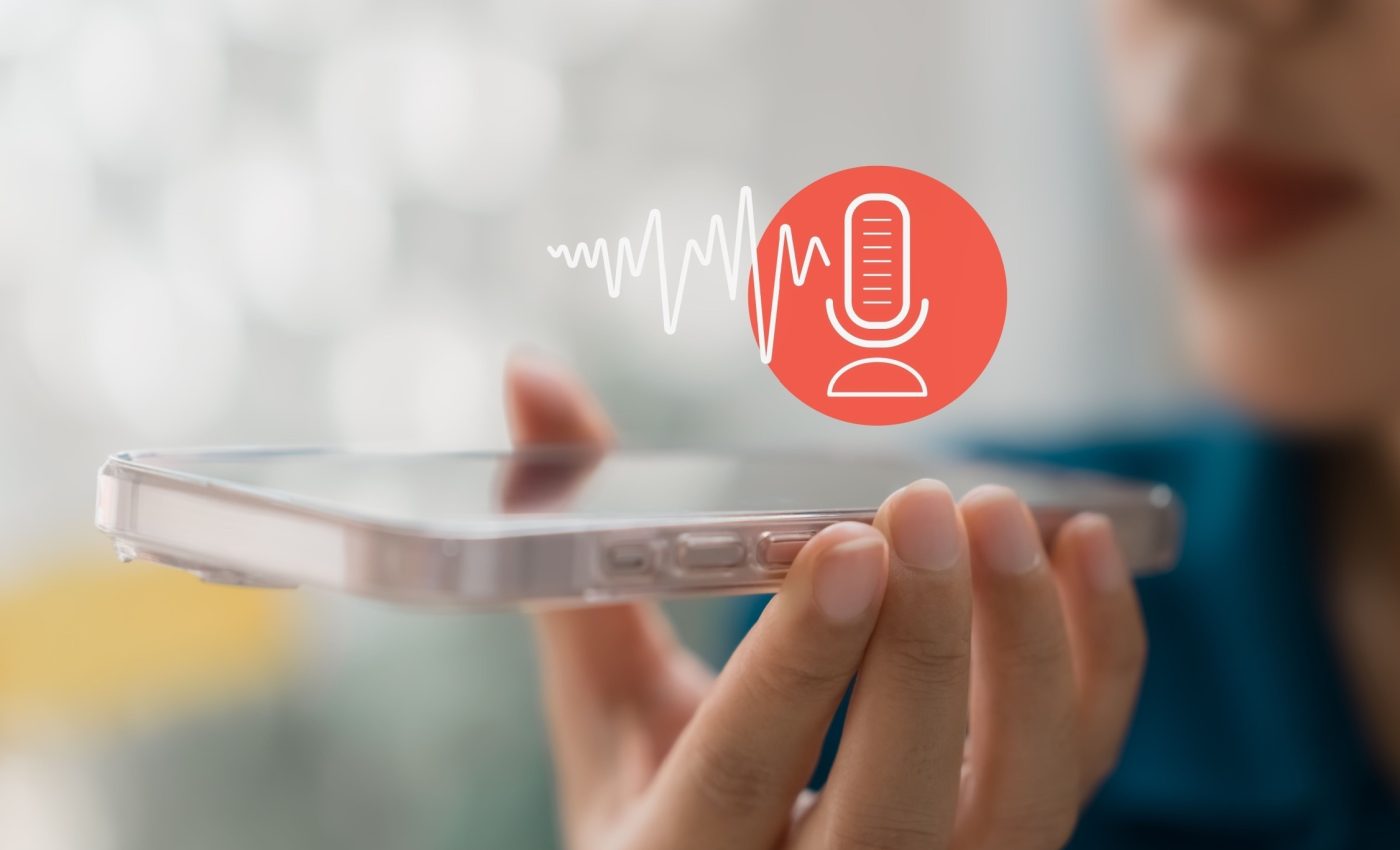
Smartphones may 'leak' conversations through vibrations
Modern technology brings convenience, but it also opens new doors for surveillance. Smartphones, once trusted as private communication devices, now pose risks that go beyond hacking or data breaches – their internal vibrations can actually expose what’s being said during a call.
This possibility prompted researchers to explore how silent signals might still give away conversations. The results highlight both the advances of science and the fragile balance between technological innovation and personal privacy.
A new surveillance concern
A new form of surveillance called “wireless-tapping” is raising questions about phone call security. Researchers at Penn State demonstrated that it is possible to transcribe phone conversations by detecting tiny vibrations from a cellphone’s earpiece.
Using radar measurements taken up to three meters away, they achieved transcription accuracy of about 60% when dealing with a vocabulary of 10,000 words. While still imperfect, the findings highlight potential risks for personal privacy in the digital age.
This study builds on earlier work in 2022, where the team used radar sensors and recognition software to identify specific words, letters, and numbers with up to 83% accuracy.
Capturing phone vibrations with radar
“When we talk on a cellphone, we tend to ignore the vibrations that come through the earpiece and cause the whole phone to vibrate,” said first author Suryoday Basak, doctoral candidate in computer science from Pennsylvania State University.
“If we capture these same vibrations using remote radars and bring in machine learning to help us learn what is being said, using context clues, we can determine whole conversations. By understanding what is possible, we can help the public be aware of the potential risks.”
Basak and his adviser, Professor Mahanth Gowda, used a millimeter-wave radar sensor similar to those in self-driving cars and 5G networks. The goal was to anticipate how such tools could be misused, even though their current setup was only experimental.
To interpret the vibrations, they customized “Whisper,” an open-source AI-powered speech recognition model, to process radar data into readable transcriptions.
Wireless tapping with AI adaptation
“Over the last three years, there’s been a huge explosion in AI capabilities and open-source speech recognition models,” Basak said.
“We can use these models, but they are catered more toward clean speech or everyday use cases, so we have to adapt them to recognize low quality, ‘noisy’ radar data.”
Instead of retraining Whisper entirely, they used a technique called low-rank adaptation. This method let them fine-tune only about one percent of the model’s parameters for radar-specific data.
By doing so, the researchers made the system more effective without requiring massive computing resources.
Phone vibrations to transcriptions
To test their approach, the team placed a millimeter-wave radar sensor a few feet away from a phone while speech played back through the earpiece.
The radar captured surface vibrations, and the AI system transformed these signals into text with about 60% accuracy.
The accuracy improved further when context-based manual corrections were applied, such as adjusting predicted phrases with prior knowledge of the conversation.
“The result was transcriptions of conversations, with an expectation of some errors, which was a marked improvement from our 2022 version, which outputs only a few words,” Gowda said. “But even picking up partial matches for speech, such as keywords, are useful in a security context.”
Comparisons to lip reading
The researchers compared their model to lip reading, where people interpret about 30% to 40% of spoken words. By combining partial recognition with contextual knowledge, meaningful understanding can still emerge.
“Similar to how lip readers can use limited information to interpret conversations, the output of our model combined with contextual information can allow us to infer parts of a phone conversation from a few meters away,” Basak said.
“The goal of our work was to explore whether these tools could potentially be used by bad actors to eavesdrop on phone conversations from a distance.”
“Our findings suggest that this is technically feasible under certain conditions, and we hope this raises public awareness so people can be more mindful during sensitive calls.”
The research received support from the U.S. National Science Foundation.
The team presented the study at the Proceedings of WiSec 2025: 18th ACM Conference on Security and Privacy in Wireless and Mobile Networks.
—–
Like what you read? Subscribe to our newsletter for engaging articles, exclusive content, and the latest updates.
Check us out on EarthSnap, a free app brought to you by Eric Ralls and Earth.com.
—–













